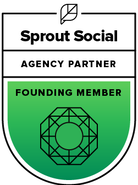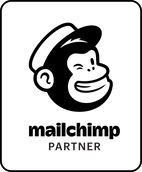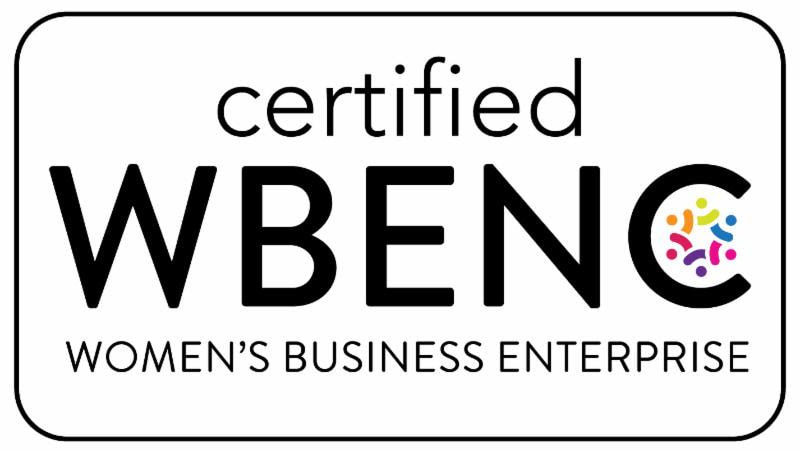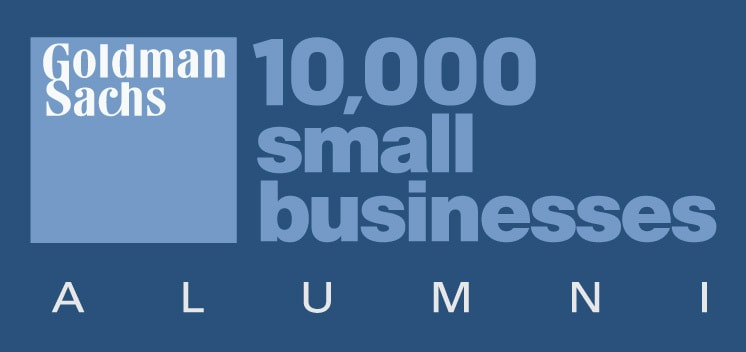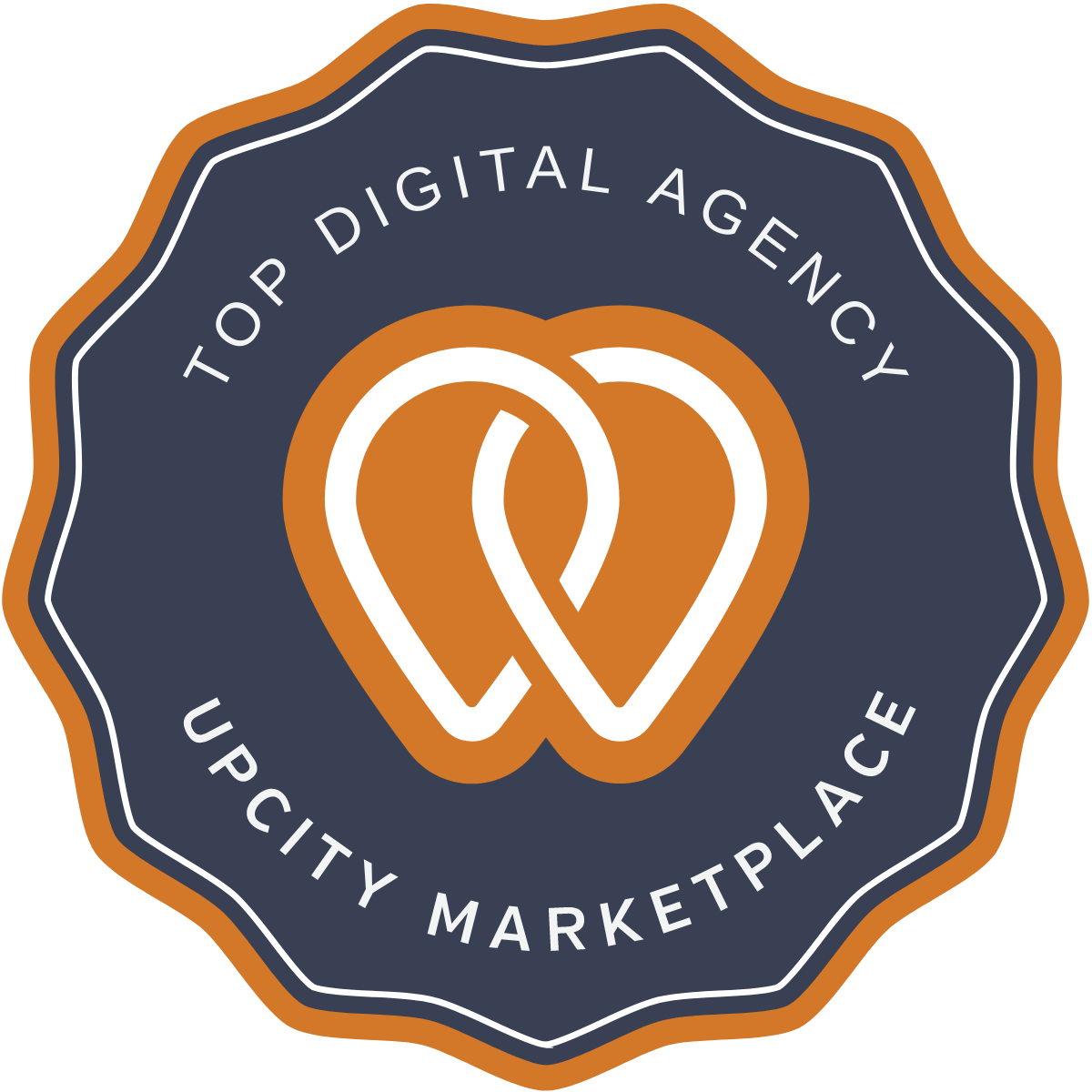|
Is a member of your marketing team planning an upcoming leave – for a vacation, life change, or any other reason? We recognize that this can be bittersweet for you and your team member, as you both worry about sustaining your marketing efforts while they are away.
But it shouldn’t be this way – and it doesn’t have to be. "If you don't know where you're going, you'll end up someplace else."- Yogi Berra Imagine that you're about to embark on a journey through a deep, vast forest.
Would you head off into that terrain without a map, and just hope you wouldn’t get lost along the way? Or would you take time to consider a clear path forward, and ensure you had the tools you needed to stay on track? A strategic and tactical marketing plan will be your compass when you need to navigate within a complex, ever-shifting business landscape. The marketing plan simplifies brainstorming by getting to what matters: your goals, who you need to reach to achieve them, and how you can reach them. It also helps you tell your organization’s story by developing an engaging narrative about what you offer through mediums like: What are the new digital marketing trends to watch in 2024?Wondering what trends 2024 will bring? Throughout the past year, our strategy team has monitored shifts in the digital marketing landscape by reading, attending conferences, and picking the brains of contacts at companies like Sprout Social, Mailchimp and Hubspot. They have compiled their findings into this Digital Marketing Trends 2024 guide.
Can you believe that it’s almost November? With the holidays coming up, it can be tempting to take the rest of the year off from your marketing goals. But take it from us: if you want your efforts to succeed in 2024, now is the time to lay the foundation.
To support you on your journey, we’re launching a small online accountability group designed to help you tackle a marketing project of your choice over a period of six weeks so that you start 2024 off strong. Limited to six participants, the weekly hour-long group will offer accountability and support from a cohort of peers, and expert guidance from Senior Strategist Daniel Prohuska.
Get stronger at what you do and improve traffic to your site with our Quarterly Website Insights service. As a complement to our Google Analytics (GA4) Dashboard Setup service, this offering is designed to help you make sense of your analytics so that you have a handle on which of your marketing efforts is most effective.
What are the benefits of display ads? Utilizing a display advertising strategy can help your business boost interest among prospective customers; promote specific products, offerings, or services; and keep your organization's brand at the forefront of audiences' minds. They also enable you to set up campaigns, which can be monitored and tracked across time. This means you can reduce costs and increase performance - all while the ads are running.
We’ve talked about it before, and we’ll say it again: Short-form video content is a huge trend that drives significant reach and engagement.
We are living in the era of short-form video content, as platforms like TikTok, Instagram Reels, and YouTube Shorts increasingly dominate the digital landscape. And this trend isn’t just about entertainment – according to HubSpot, short-form video ranks as the best content format for lead generation. If you’ve been weighing whether short-form video can help your organization, we have a message for you – go for it! Here’s what the metrics tell us: Real talk: Google Analytics metrics are frustrating. There's so much data to parse, it's easy to get a bit lost in trying to determine what is the most meaningful. One of the ways to make sense of the plethora of information is by visualizing it and getting the tools all in one digital marketing reporting dashboard.
With Twitter becoming more and more volatile, we’ve been hearing a lot of questions from clients who are looking at alternatives. They’ve been asking us: What is Mastodon? How does it work? And should we make an account?
In this guide, we’ll define what Mastodon does, explain why it has emerged as a destination for ex-Twitter users, and help you decide whether your organization should join. With the addition of Strategist Caitlin Thomson-Bognar to our team, we’re excited to announce new and enhanced Google ad services. Whether you’re looking to reach a new target audience, find donors or volunteers, increase sales, build your pipeline, or generate brand awareness, Google ads can help you achieve a range of business and nonprofit goals in a cost-effective way.
Caitlin brings a wealth of experience in integrated digital campaigns and has joined onto our team as a Digital Strategist to manage paid search, paid social, video advertising, and display advertising. Discover below how Sarah Best Strategy can support your business goals and objectives for 2023. |
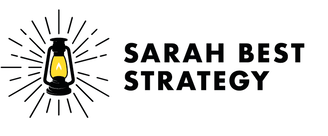



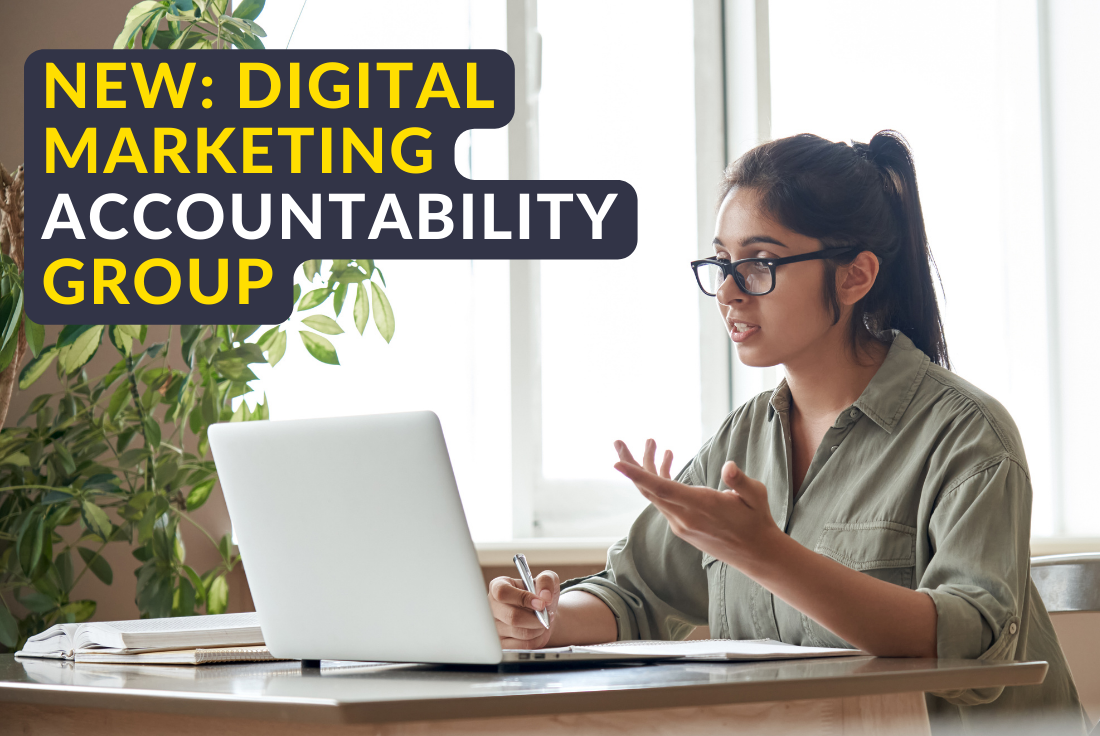





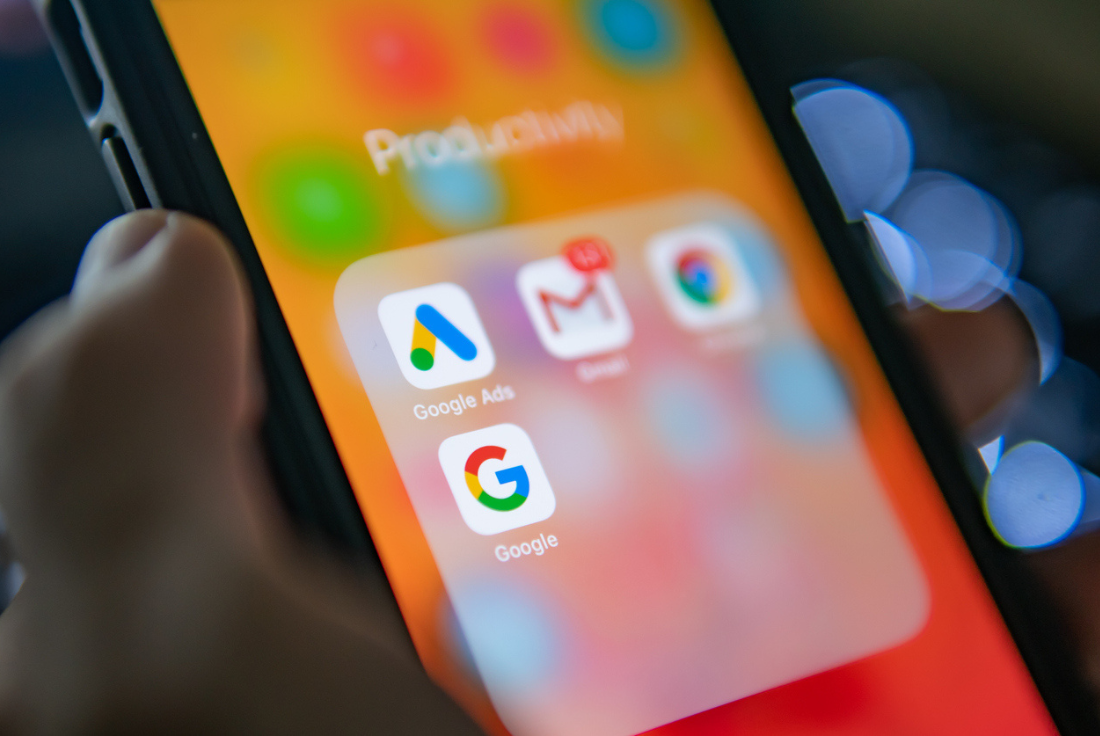

 RSS Feed
RSS Feed
